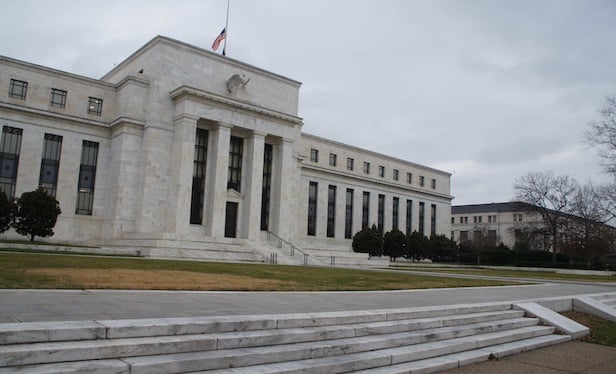 per ThinkAdvisor
per ThinkAdvisor A Change In Thinking
ThinkAdvisorAt a recent event focused on the financial crisis, Bernanke said, “Historically the inversion of the yield curve has been a good [sign] of economic downturns [but] this time it may not,” because of market distortions due to “regulatory changes and quantitative easing in other jurisdictions … Everything we see in terms of the near-term outlook for the economy is quite strong.”per Bloomberg per Forbes.com
The Classic Case
© 2025 ALM Global, LLC, All Rights Reserved. Request academic re-use from www.copyright.com. All other uses, submit a request to [email protected]. For more information visit Asset & Logo Licensing.





